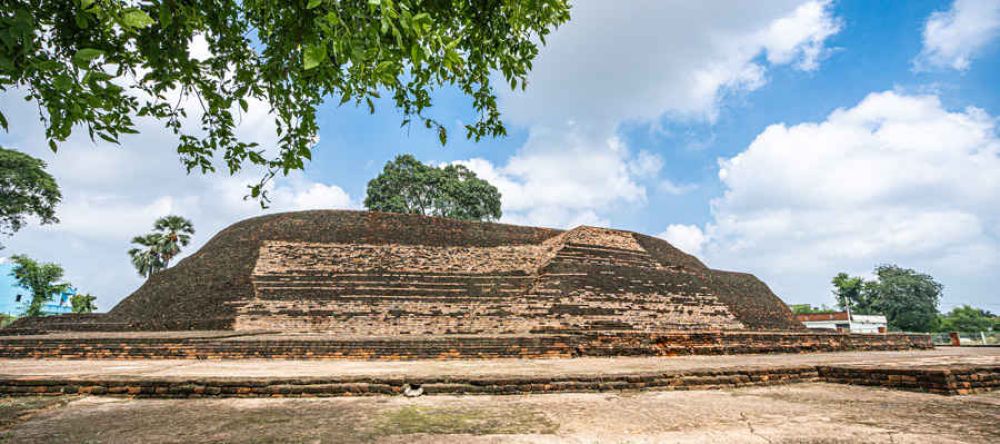

The ideal period to visit Sujata Garh in Bodh Gaya, Bihar, is during the winter months, which span from October to March. During this time, the climate is pleasantly cool with temperatures ranging from 5°C to 20°C. This cooler weather is perfect for exploring the archaeological site of Sujata Garh and the surrounding areas comfortably. Many tourists and pilgrims prefer this season as the mild temperatures provide an amenable environment for sightseeing and attending the various spiritual activities in Bodh Gaya. Moreover, the Tibetan winter month of Monlam or the Great Prayer Festival also falls within this period, typically in February or March, making it a culturally enriching time for visitors to experience local Buddhist traditions and celebrations.
It is advisable to avoid the summer months, from April to June, as the temperatures soar and can reach up to 40°C or more, which is not conducive for outdoor exploration, especially in an open archaeological site like Sujata Garh. The monsoon season follows the summer and lasts from July to September. This period sees heavy rainfall that can lead to waterlogging and damp conditions, which might hinder travel plans and outdoor activities. Therefore, planning your visit to coincide with the winter months will ensure a more comfortable and enjoyable experience, as the weather is at its best for both travelling and immersing oneself in the historical and spiritual essence of Sujata Garh and the city of Bodh Gaya.